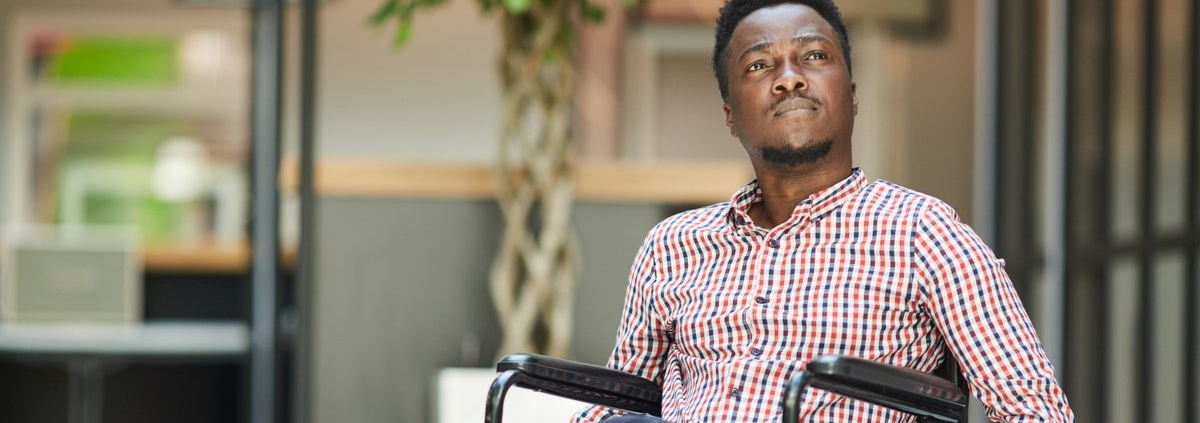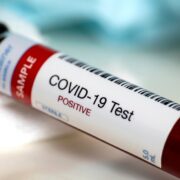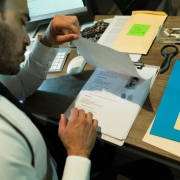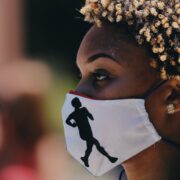Race, Disabilities, and the Struggle for Equal Treatment During the COVID – 19 Pandemic
By Victoria Falk
There is nothing like a crisis to help expose people to themselves – to shine a light on their challenges. The United States’ long history of systemic racism, discrimination, and failure to provide equal treatment for all, has been exposed during the COVID – 19 Pandemic.
This exposure is evident by increased reports of racial hatred and violence targeting minority groups, disparities in access to proper healthcare, education, capital, and discrimination regarding the unfair division of resources in minority communities. During this pandemic, people with disabilities and minority groups are suffering immensely.
At this time, when the New York State Division of Human Rights has recently celebrated the 75th anniversary of the human rights law and the organization, we see that there is so much more work to be done in these areas. Although New York was the first state to pass an anti-discrimination law, it remains a challenge to address racism and discrimination issues when people insist on turning a blind eye to these long-standing problems and act as if they are oblivious to their existence. The New York Division of Human Rights leaders discussed what became evident to them during the COVID – 19 Pandemic. “This is an awakening for all of us,” said Jo-Ann Yoo, executive director of the Asian American Federation.
Johnathan Smith, Commission of the New York State Division of Human Rights, said, “Immediately we saw people not going to Chinatown, not supporting Chinese businesses. There was hatred and animosity towards the Asian communities as soon as we learned the pandemic came from China.” President Trump has made anti-Asian remarks to make matters worse, referring to the COVID – 19 Coronavirus as “Kung Flu” and “the China Virus.” Thus, normalizing anti-Asian sentiment and causing a trickling effect of hatred amongst angry people looking for someone to blame during this global health crisis. “We saw a lot of hate violence, damage towards the property, people being attacked for no reason, and subtle forms of violence,” said Dr. Kevin Nadal, Professor for the City University of New York.
Although African Americans and Latinos were not scapegoated during the COVID – 19 Pandemic in the same manner as Asian communities, they reportedly experienced more significant issues due to financial problems. Nanette Goodman, Research Director of the National Disability Institute, stated, “Back in September, studies showed 1 of 6 Black and Latino households didn’t have enough food to eat.” Peoples of color have been at greater risk of losing their homes and their businesses during this time. The New York City school system has left behind many children in minority communities. They continued to wait for tablets and laptops to enter their homes, so they could participate in remote learning during the time it has been deemed unsafe to enter the school buildings. Minority children living in homeless shelters and minority families in more impoverished communities who do not have good Wi-Fi have suffered the most. Meanwhile, reports indicate that thousands of white children have been able to safely return to their schools to be taught in their regular classrooms.
People with disabilities have also suffered from the digital divide. People with disabilities are reportedly dying at high rates during this time that social distancing has forced people to become more independent and rely more on the internet. Susan Dooha, executive director of the Center for Independence of the Disabled, New York, explained that people with disabilities have trouble applying for unemployment benefits online and have experienced extreme distress over high eviction, lack of food, and other resources. When people could not have families with them in the hospital, people with disabilities who have problems with speech and processing speed were unable to communicate with hospital staff regarding their needs.”
“The pandemic has raised a lot of questions about resource allocation and exposed the underlying inequities,” said Johnathan Smith. The leaders agreed that the problems exist, and there needs to be further discussion around racism, discrimination, and inequality during this pandemic.
However, there has not been any clear discussion on how to resolve these issues. This leaves an opportunity for the New York State Division of Human Rights, other advocacy organizations, and leaders to step up and shed as we continue these critical conversations.












Leave a Reply
Want to join the discussion?Feel free to contribute!